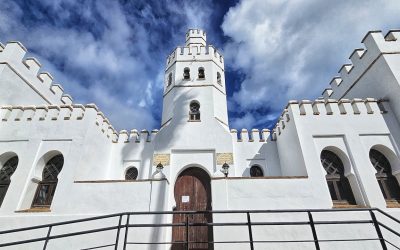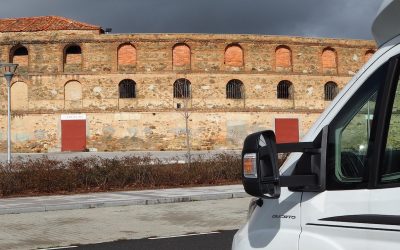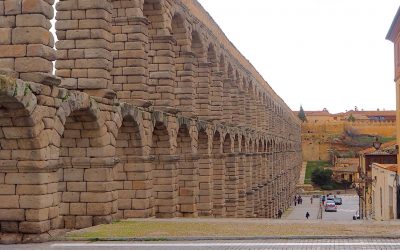Think of Spain's Bilbao and what comes to mind? Ferries, industrial port or perhaps the most iconic building - The Guggenheim...

Burgos
Burgos
Reasons to tour Spain in a motorhome
Travelling through Spain over the last two years has been an enlightening experience that has taught us plenty, surprised us consistently...
10 Spanish Destinations not to miss
As we sit just across the French/Spain border, it seems appropriate to reflect on our Spanish odyssey over the last seven weeks of 2016...
Our Travel Blog – March 2016
Scoobie’s Blog Star date 12 March 2016 Where has the last week gone? Who stole it? We don’t want it back, as there’s great fun to be had...
Follow us
You can find us on social media,
different channels for different content.




